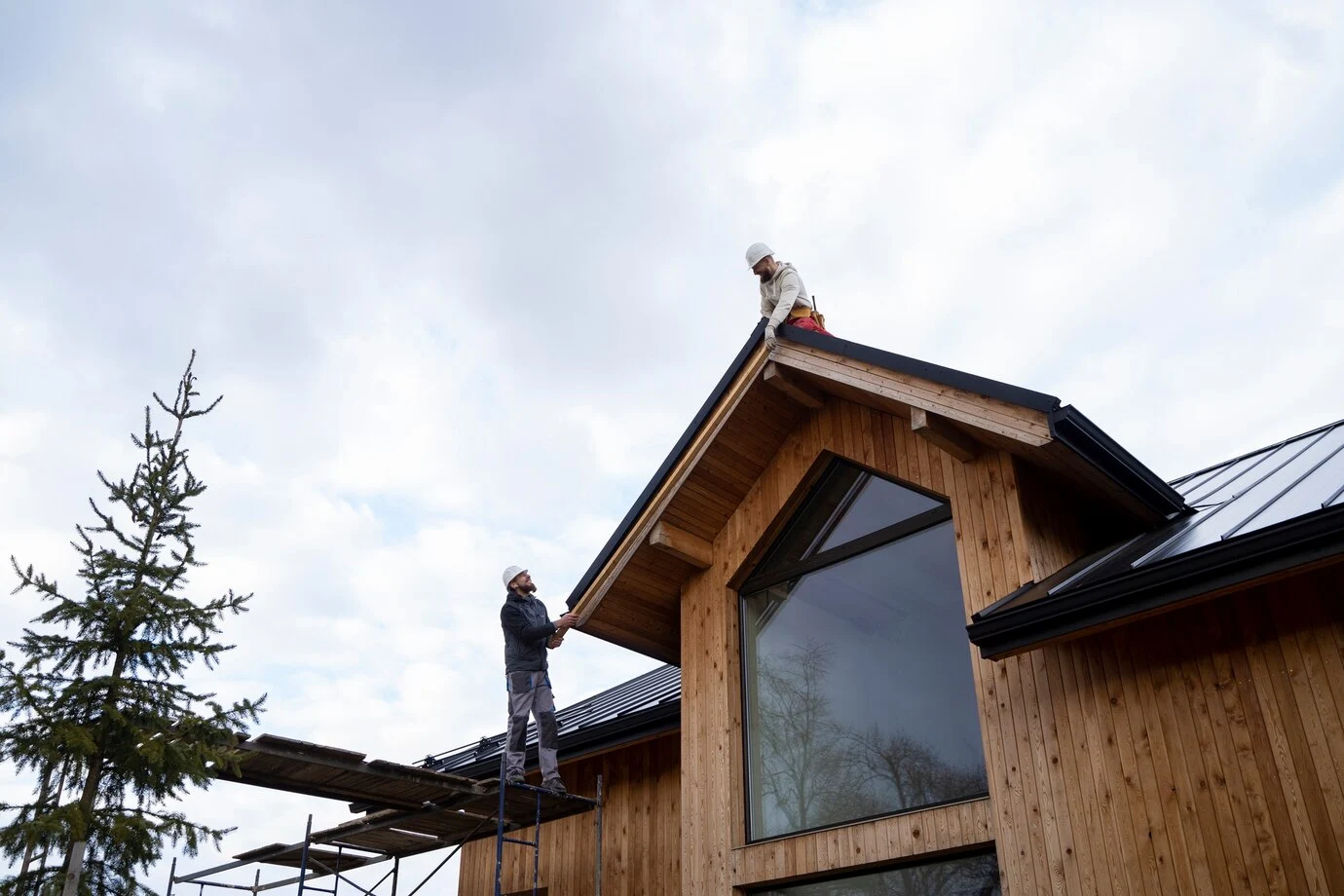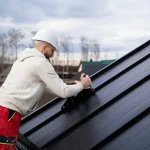Building a roof that stands the test of time is one of the best investments you can make for your home. A sturdy, well-built roof not only protects your family and belongings from the elements but also adds to the value and longevity of your house. In this guide, we’ll walk you through the essential steps and considerations to ensure your roof lasts for decades.
Why a Durable Roof Matters
Imagine coming home on a rainy day, and instead of worrying about leaks, you feel confident and secure because you know your roof can handle anything Mother Nature throws at it. This peace of mind is priceless. A long-lasting roof not only provides protection but also reduces the need for frequent repairs and replacements, saving you money in the long run.
Choosing the Right Materials
The first step in building a durable roof is choosing the right materials. According to David Newton, President of the National Roofing Contractors Association, “A roof is an investment, not an expense. Choosing high-quality materials and proper installation is crucial for long-term performance and peace of mind” (NRCA).
- Asphalt Shingles: These are the most common roofing materials in the U.S. They are affordable, easy to install, and come in various colors and styles. According to a study by the National Roofing Contractors Association, proper installation and ventilation are key factors in the longevity of asphalt shingle roofs (NRCA).
- Metal Roofing: Metal roofs are known for their durability and long lifespan. A study by the Metal Construction Association found that metal roofing systems can last over 70 years with minimal maintenance (MCA). They are also fire-resistant and can reflect heat, which helps reduce energy costs.
- Tile Roofing: Tiles, whether made of clay or concrete, are incredibly durable and can last over 50 years. They are resistant to fire and can withstand harsh weather conditions. However, they are heavier than other materials and may require additional structural support.
- Sustainable Options: Jennifer Ackerman, an architect specializing in sustainable design, highlights that “Sustainable roofing options like metal or certain types of tile can offer superior durability and lifespan compared to traditional materials” (AIA).
Proper Installation Techniques
A high-quality roof starts with proper installation. Even the best materials can fail if not installed correctly. This is where hiring a qualified professional comes in. Mike Holmes, a Canadian contractor and renovation expert, advises, “Don’t be afraid to hire a qualified roofing professional for advice and installation. Their expertise can save you money and headaches in the long run” (Make It Right).
- Underlayment and Flashing: These components are critical in preventing water intrusion. Rosemarie Rossetti, a building science researcher at the National Institute of Standards and Technology, says, “The enemy of a long-lasting roof is water intrusion. Proper ventilation, flashing, and underlayment are just as important as the chosen roofing material” (NIST).
- Ventilation: Ensuring proper ventilation helps prevent moisture buildup and extends the life of your roof. Poor ventilation can lead to mold growth and material deterioration.
- Inspections and Maintenance: Regular inspections and maintenance are crucial. John Malarkey, CEO of Malarkey Roofing Products, emphasizes, “Regular inspections and preventative maintenance are key to identifying and addressing minor issues before they become major problems that can shorten your roof’s lifespan” (Malarkey Roofing).
Matching Materials to Your Climate
Your local climate plays a significant role in determining the best roofing material for your home. Bryan Elam, President of the Asphalt Roofing Manufacturers Association, advises, “Matching the right roofing material to your climate and local building codes is essential for optimal performance and longevity” (ARMA).
- Hot Climates: In hot climates, cool roofs are a great option. According to the Environmental Protection Agency, cool roofs can reduce energy consumption and extend roof lifespan by mitigating heat-related wear and tear (EPA).
- Cold Climates: For areas with heavy snowfall, materials like metal or asphalt shingles with proper underlayment are ideal. They can withstand the weight of snow and resist water damage from melting snow.
- Humid Climates: In humid regions, mold and algae-resistant materials, like certain types of asphalt shingles or metal roofing, can help prevent growth that can damage the roof.
Unique Insights
Growing up, my family lived in a house with an old, leaky roof. Every time it rained, we’d run around placing pots and pans to catch the drips. It was a hassle and caused a lot of stress. When I bought my own home, I made sure to invest in a high-quality roof. It was one of the best decisions I ever made. Now, I never worry about leaks, and my energy bills are lower too.
Another insight from my own experience is the importance of regular maintenance. A few years ago, I noticed a small patch of moss growing on one corner of my roof. Instead of ignoring it, I called a professional to take a look. It turned out there was a minor issue with the flashing that was allowing moisture to seep in. By catching it early, I avoided a much larger problem down the road.
Conclusion
Building a roof that lasts requires careful planning, the right materials, and proper installation. By following these guidelines and investing in regular maintenance, you can ensure your roof provides long-lasting protection for your home. Remember, a durable roof is not just about materials and techniques—it’s about the peace of mind that comes from knowing your home is safe and secure.
Investing in a quality roof is a smart decision that pays off in the long run. Whether you’re building a new home or replacing an old roof, take the time to choose the best materials and hire qualified professionals. Your future self will thank you.
Cluster Pages










